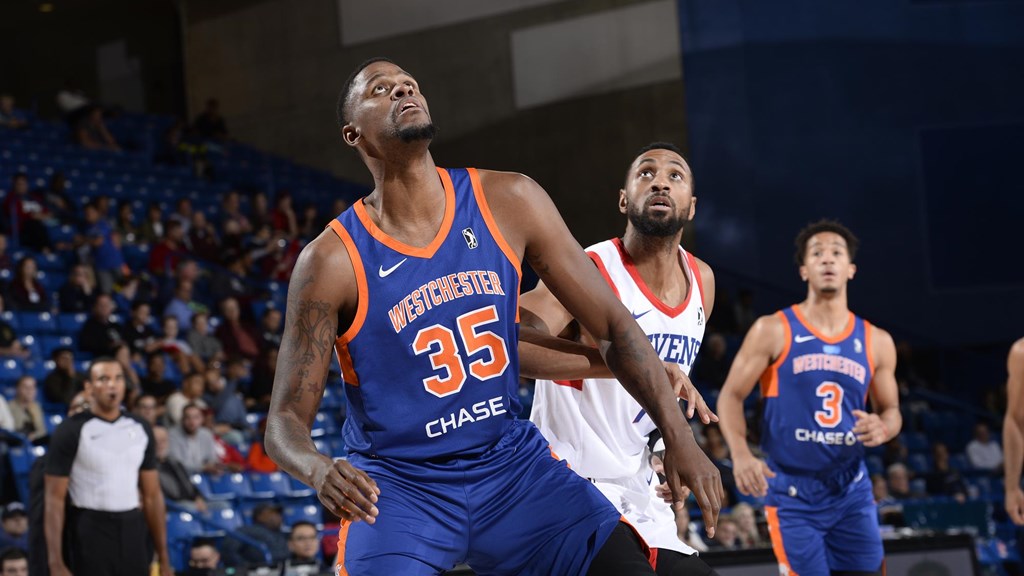Reports have recently surfaced that the National Basketball Players Association and the G League (effectively the NBA’s developmental league) have had serious discussions towards unionization.
It was reported by The Athletic, that NBPA officials met with G League players last year during the G League Showcase in Las Vegas to begin educating players on the collective bargaining process and the potential ramifications of said efforts. Talks during this year’s Las Vegas showcase are again expected to ramp up, with the potential first steps for unionization in the pipeline.
In fact, G League President Shareef Abdur-Rahim told The Athletic that the League “supports the player’s right to unionize.”
Under the laws of the United States, specifically 29 U.S.C. Section 157, “employees shall have the right to self-organization, to form, join, or assist labor organizations, to bargain collectively through representatives of their own choosing…” This section of U.S. Law, more commonly known as the Taft-Hartley Act, establishes the rights of workers to unionize in order to collectively bargaining for better or different working conditions, depending upon the circumstance.
The employer (here the G League), cannot interfere with, restrain, or coerce employees in the exercise of their rights to unionize.
This shows that neither the NBA nor the G League can dissuade players from exploring union formation.
The conditions that employees may seek to improve include better and a more standardized form of compensation, travel conditions, health care, pension and retirement benefits, and housing accommodations, among other things.
These improved conditions would be discussed in negotiations between the newly formed Union and the G League executives, ultimately resulting in a new collective bargaining agreement governing the terms and conditions of employment.
The efforts of the players should not go unnoticed in their attempts to unionize. Minor league sports (including Minor League Baseball) are constantly fighting for improved working conditions and the G League can set a precedent for other minor leagues and future players.
Minor League Baseball, for example, is notoriously known for having players that are underpaid, subject to extreme travel conditions for long hours on a bus rather than planes, and poor locker rooms and stadium conditions.
By unionizing, G League players can not only protect their own interests and those of future players, but also create a path for other minor leagues to follow.
